Allocation and spending is politically driven in Pakistan, says UNDP
"Escaping the inequality trap is the 21st century’s most critical challenge," says UNDP Chief Marc Andre
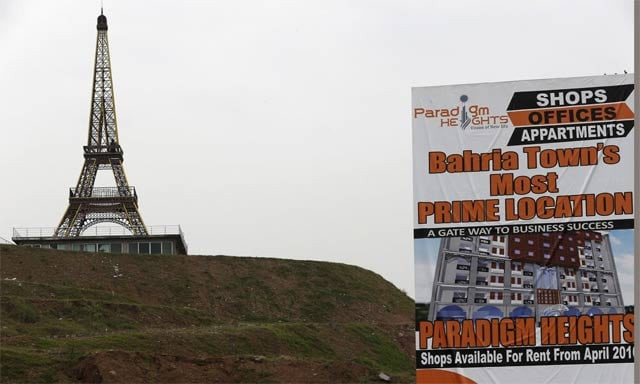
A replica of the Eiffel Tower is seen on a hill in an area being developed in Bahria Town on the outskirts of Islamabad. PHOTO: REUTERS
“Investment (of public funds) in Lahore, the most developed district of Punjab, is six times more than the allocations of the Seraiki belt of the province,” said Andre, while speaking at a seminar organised to highlight the growing inequality in the country.
Govt's tight pockets could hamper CPEC project
Politically driven fund allocations, absence of land reforms, anti-poor, pro-rich tax system and privatisation are said to be the key reasons for the growing inequality in Pakistan.
According to Andre, the allocation of fund is a political decision and there were structural problems in the way money was allocated in Pakistan. “A good amount of public fund is allocated to the members of assemblies under political consideration.”
The UNDP Chief’s comments highlight growing frustrations over the way federal and provincial governments have been allocating resources, which, according to experts, is becoming a cause for growing inequality among various districts of the country.
A recent UNDP-funded report revealed that Pakistan’s richest 20% now consumed seven times more than the poorest 20% population due to rising inequality.
The income share of the lowest 20% population has further shrunk to only 6.8% while that of the richest 20% increased to 48.9%.
The report states that 38.8% of Pakistan’s population lives in poverty.
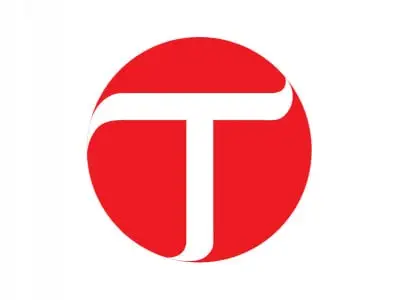
A majority of the rural population (54.6%) lives in acute poverty while this ratio is only 9.4% in urban areas, emphasising the need to make rural-centric economic policies.
Overall budget up but development allocation down
“As much as 80% to 85% of total physical expenditures of the province are incurred in Lahore,” said Dr Akmal Hussain, a renowned economist and social activist.
He said in Punjab, some districts were as well off as any developed country; while some districts are at par with sub-Saharan African countries.
On the human development index (HDI) ranking, Lahore is at number 1 position compared to Rajanpur that ranks 69, Dera Ghazi Khan 64, Muzaffargarh 58 and Bhakkar 51.
Instead of channelling funds to the underdeveloped Seraiki belt districts of Punjab, funds are heavily concentrated in Lahore.
Dr Hussain said the state was becoming an ‘economic apartheid state’ due to concentration of funds in the few already developed districts. “Public policy is the source of growing inequality as it is focused on providing services to the rich.”
Meanwhile, Pakistan Poverty Alleviation Fund Head Qazi Azmat Essa suggested the Planning Commission to devise a mechanism to determine whether the new public sector spending was going to Lahore or southern-Rajanpur district, which is at the bottom of HDI.
“In case of Balochistan, excluding Quetta; the province’s best performing districts are worse than the worst performing districts of Punjab,” said Planning Commission Social Sector Member Dr Naeem-ul-Zafar.
Money sent through illegal channels cannot be traced
However, Punjab Chief Economist Dr Amanullah said that after the publication of the ‘Multidimensional Poverty’ report in June this year, the Punjab government was in the process of formulating a strategy to focus on developing the bottom 10 districts.
“Escaping the inequality trap is the 21st century’s most critical challenge,” said Marc Andre. “The governments have sufficient resources in their hands and the actual issue is proper utilisation of the allocated funds.”
Also present, the economist S Akbar Zaidi suggested the state to distribute its 2.6 million acres of land among peasants to reduce inequality in the country.
Published in The Express Tribune, August 10th, 2016.
Like Business on Facebook, follow @TribuneBiz on Twitter to stay informed and join in the conversation.

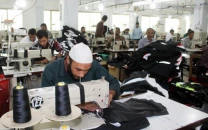
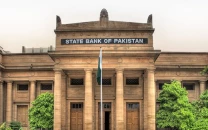
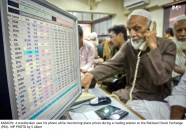
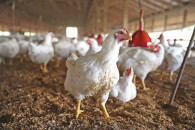

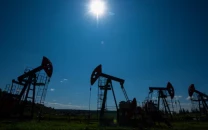

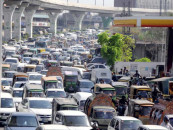
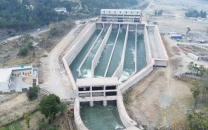
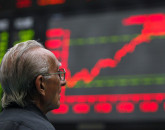
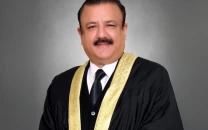
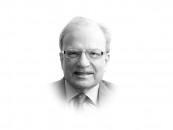
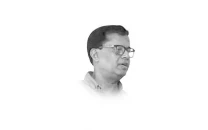
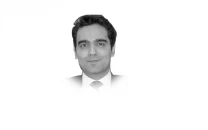
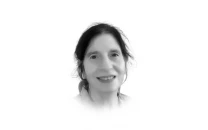
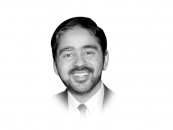
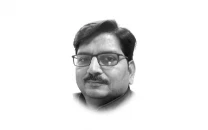
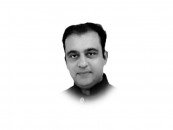
COMMENTS
Comments are moderated and generally will be posted if they are on-topic and not abusive.
For more information, please see our Comments FAQ